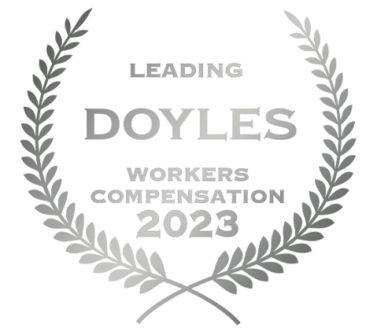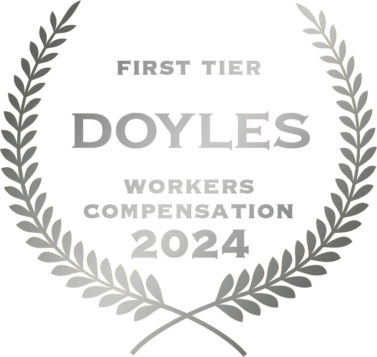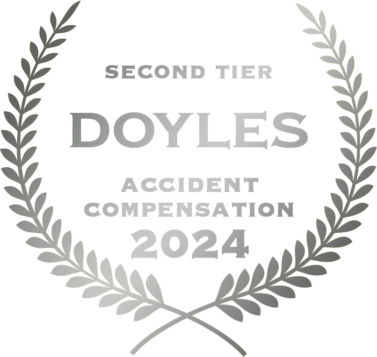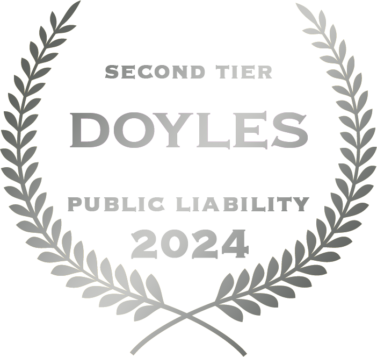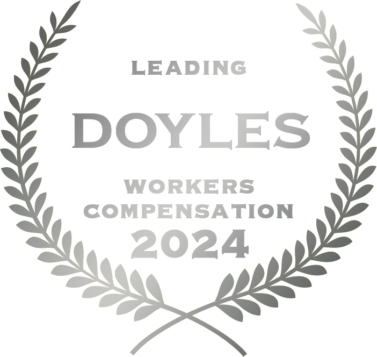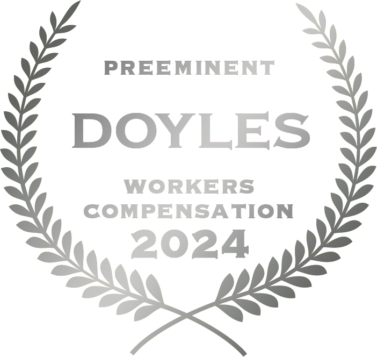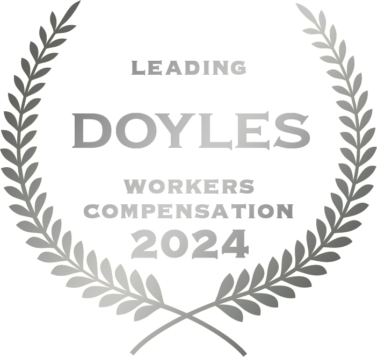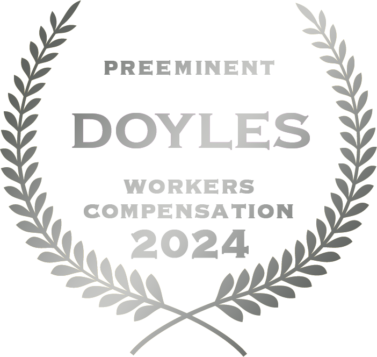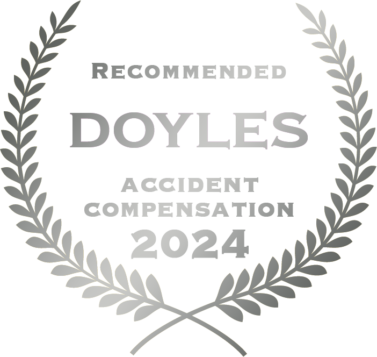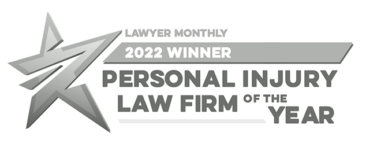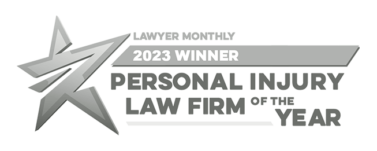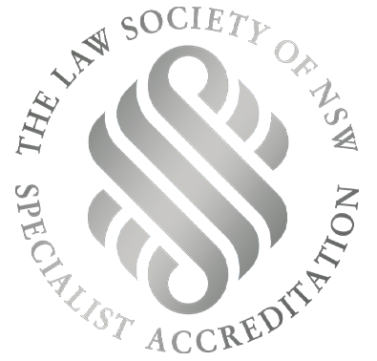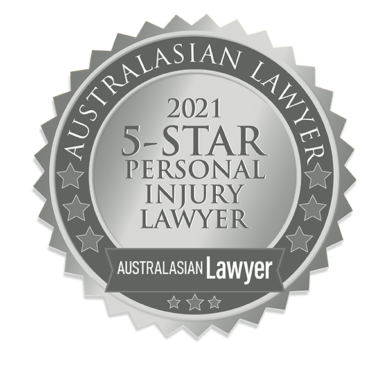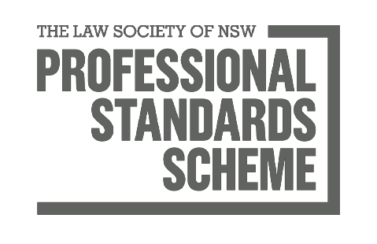
How to Know When You’re a Victim of Workplace Discrimination, Harassment or Bullying.
For the majority of the population, work is a necessary part of life. We work to build careers, financially support ourselves, our families and loved ones.

Yes, there’s no discounting the importance of one’s working life, but an individual should never have to compromise their integrity for work.
Unfortunately for thousands of Australians every year, the work environment is a place of discrimination, torment and ridicule.
According to the most recent Workplace Barometer Project conducted by Safe Work Australia, Australia has the sixth highest rate of workplace harassment and bullying when compared to 34 European countries, and almost one in every 10 people reporting some form of workplace discrimination.
And what’s more alarming is that so many legitimate incidences of workplace discrimination, harassment and bullying go unreported due to the fact that some individuals are simply unaware of what constitutes this type of behaviour or treatment.
What is workplace discrimination?
Essentially workplace discrimination is any form of unfair behaviour directed towards a person or group of people due to their background or certain characteristics they possess.
It’s considered discrimination if this unfavourable behaviour stems from personal characteristics such as age, sex, race, colour, marital status, religion, physical or mental disability, sexual orientation, pregnancy, political opinion and social origin.
When is it discrimination?
The first step toward stopping any form of workplace discrimination is by arming yourself with the ability to identify what is discrimination and what isn’t
A common misconception with workplace discrimination is that it only applies when employees get overlooked for promotions because of their sex, religion, age etc. It’s true, this is one form of discrimination, however it can also happen at different points in the employment relationship. You don’t even need to be a hired employee to be discriminated against.
It’s also discrimination when these highlighted personal characteristics are the reason;
- A prospective employee misses out on a job
- An employee is demoted or subjected to undesirable conditions
- An employee is dismissed
- An employee is transferred
What is workplace harassment and bullying and how are they different to discrimination?
We often hear the words discrimination, harassment and bullying thrown around together but it’s important to note that they’re not one in the same.
While discrimination refers to unfair treatment of an employee as a result of personable attributes, harassment refers to acts directed toward an employee or co-worker because of their personal attributes.
Meanwhile, bullying is when a worker is subjected to repeated unreasonable behaviour that creates a risk to health and safety.
For example; if your boss doesn’t offer you a promotion or raise based on the fact that you’re a homosexual – that’s discrimination.
If you are called derogatory names because you’re a homosexual – that’s harassment.
If you’re repeatedly being intimidated and threatened physically because you’re a homosexual – that’s bullying.
Workplace discrimination, harassment and bullying should not be accepted in any form, and if you feel as though you’ve been subjected to this kind of treatment and behaviour we hope this information has been helpful to you. But if you’re feeling vulnerable and unsure about your situation and require more information, give us a call and speak to one of our specialist workers compensation lawyers for free advice today. For more information, read our workers compensation claims guide.
Related articles.
Do I have a case?
Our senior lawyers will assess your case for free.



